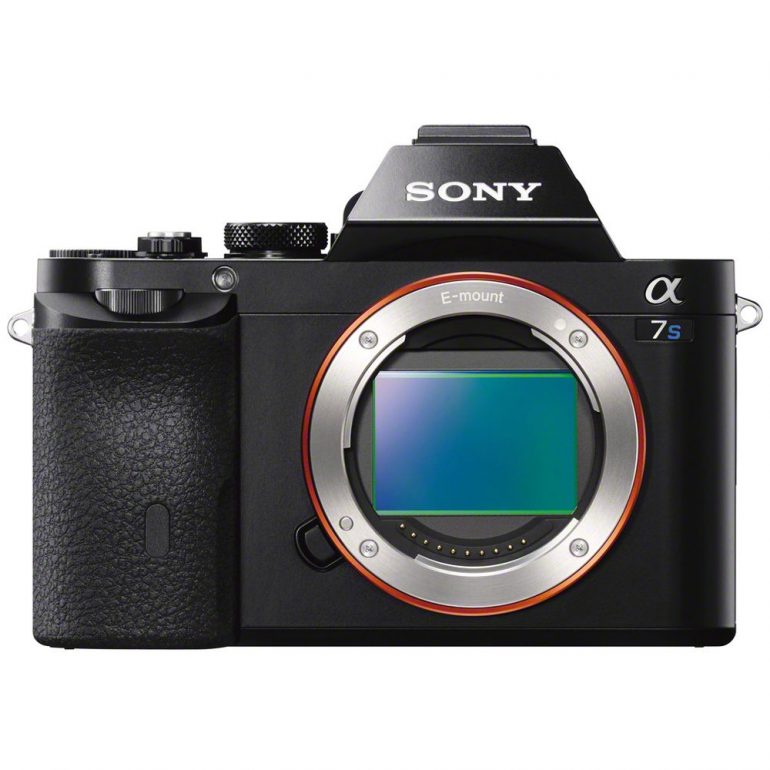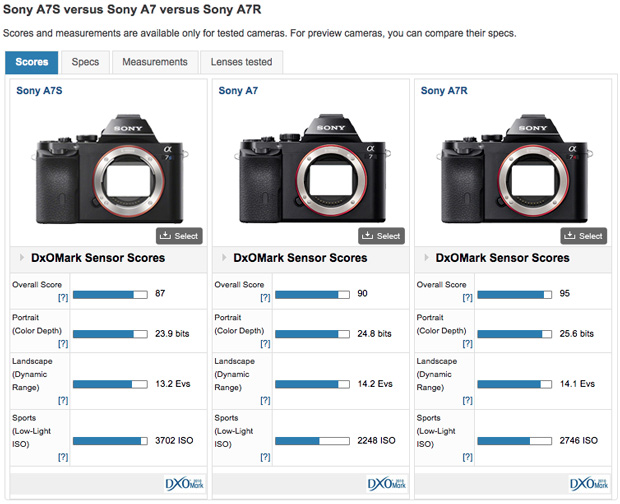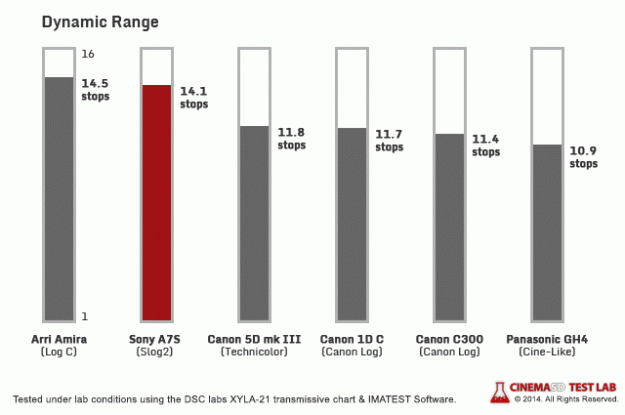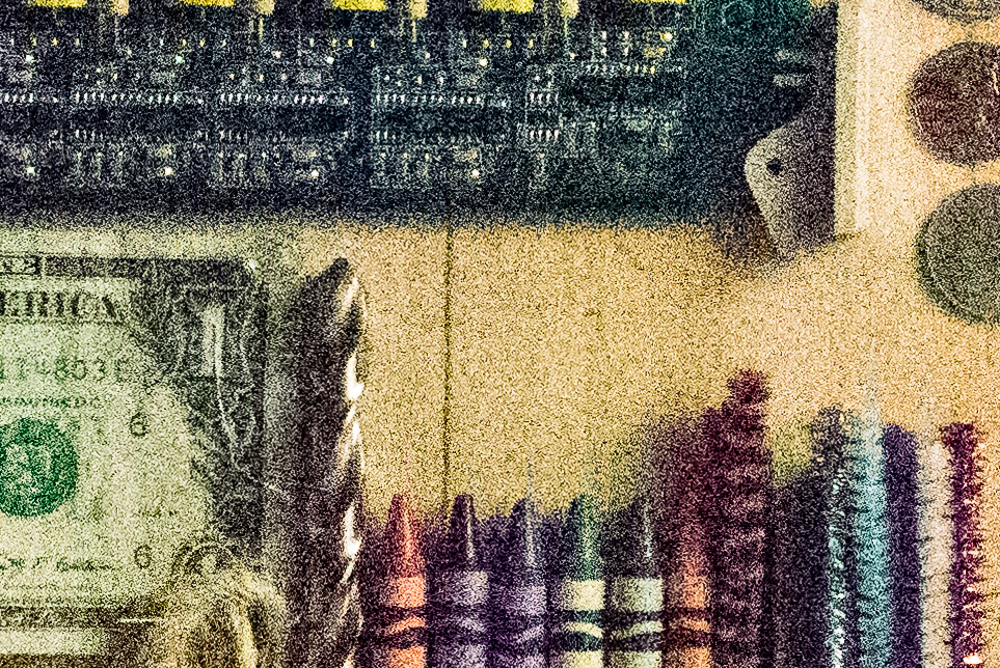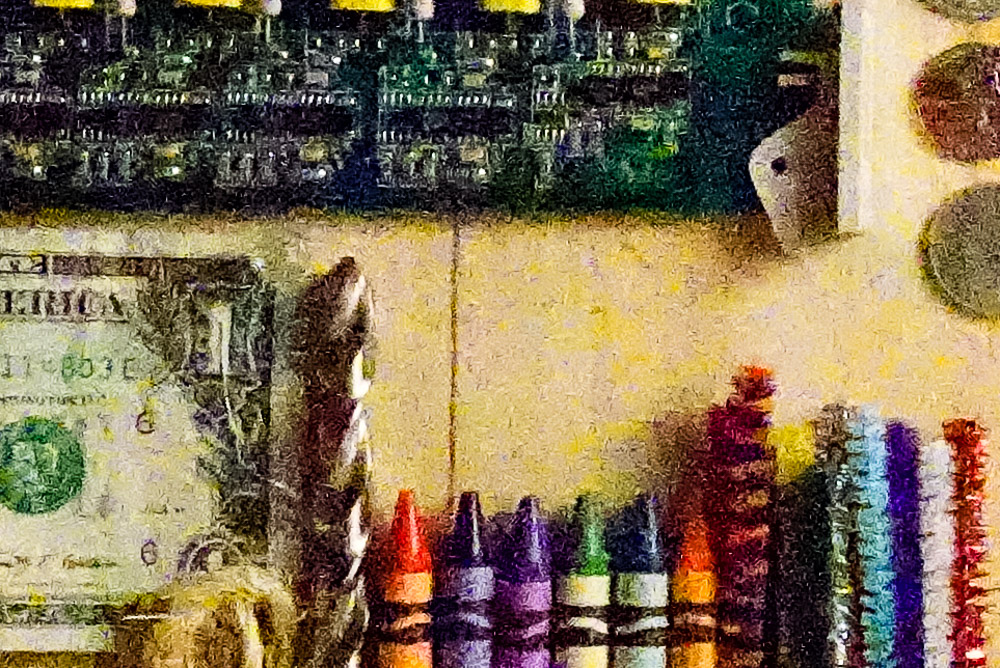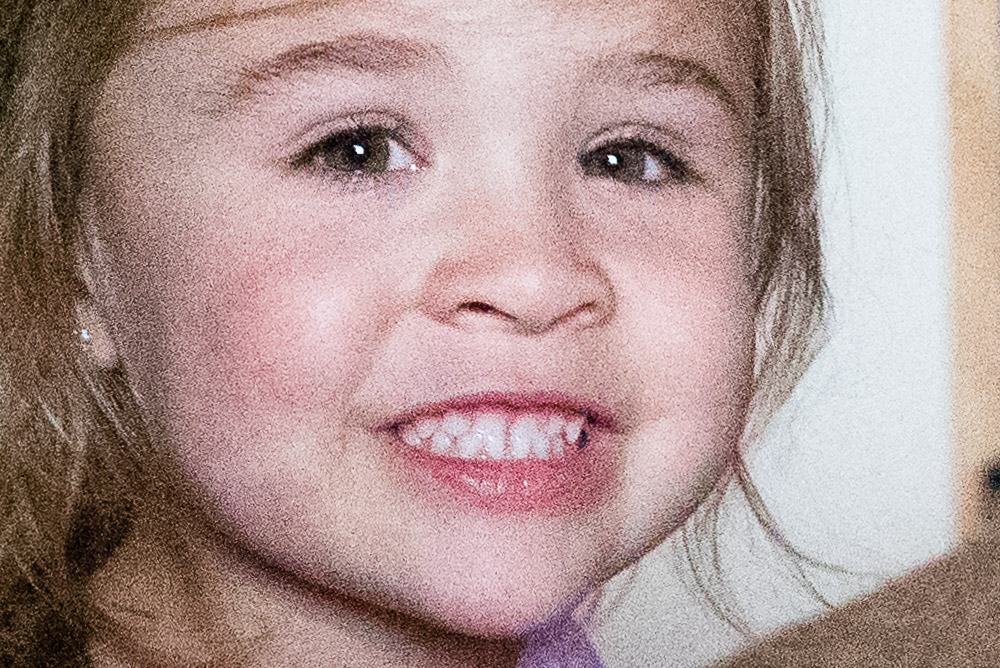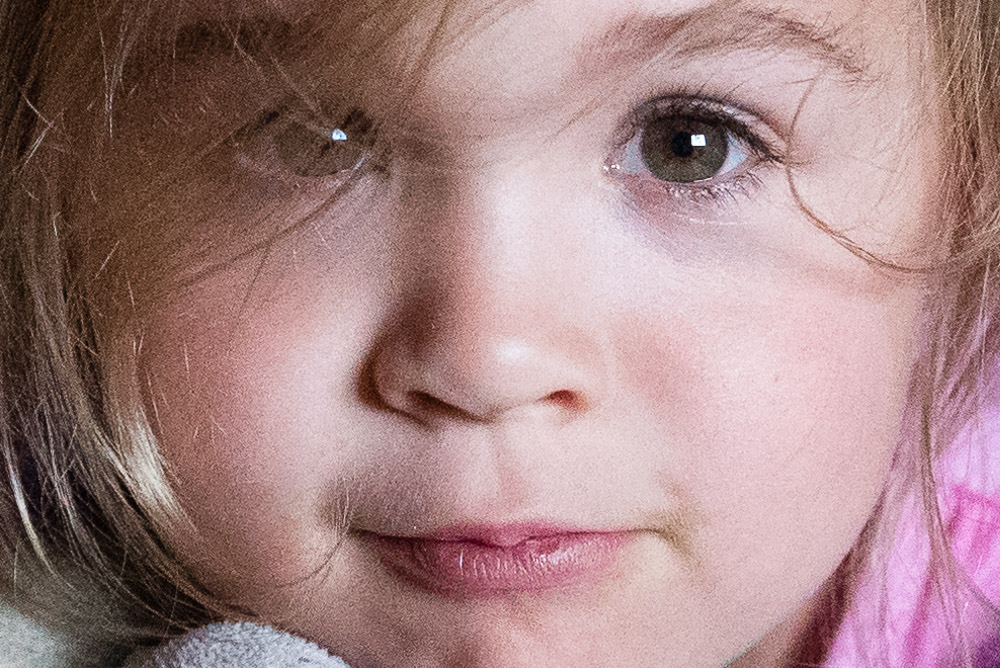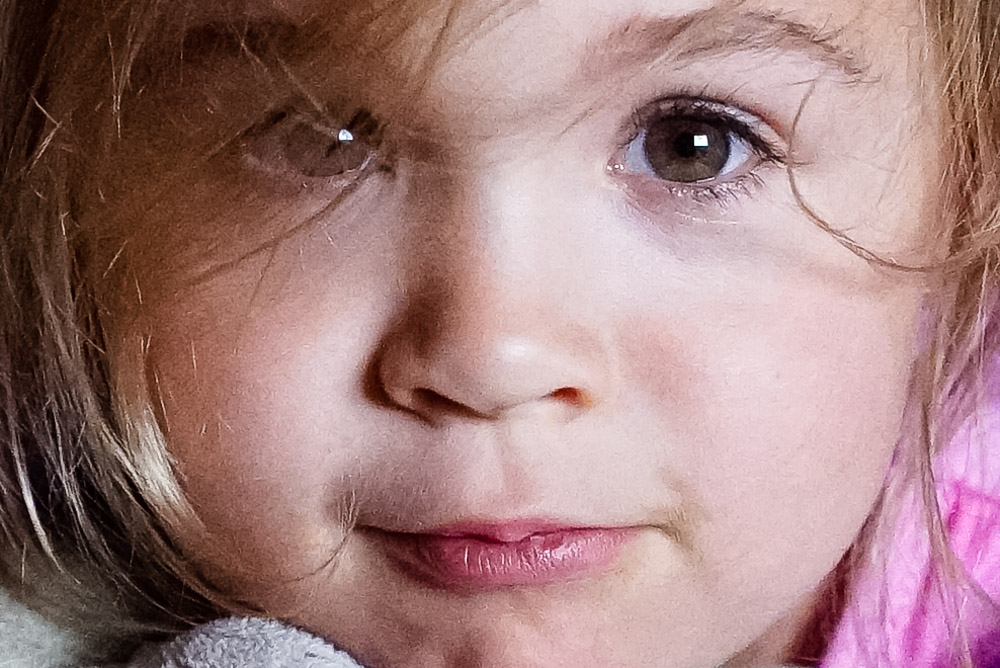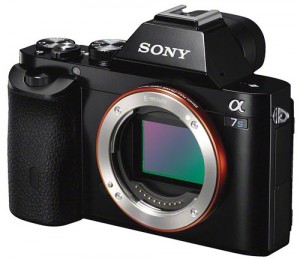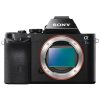My Sony A7s Camera Review | The Best Low Light Camera Option!
In this Sony Alpha A7s full frame mirrorless camera review, I will go over all the details that matter like real world image and video quality, high ISO lab testing, focus testing, how the camera works, and much more…. I have tons of sample photos to show you including some newborn studio photography of my new boy Jase, HDR photography, extreme low light photos, and lots of everyday real world situation shots 🙂
The Sony A7s is the latest full frame mirrorless e-mount camera from Sony and what sets it apart from the other full frame models is the new 12.2mp Exmor CMOS sensor. The relatively low pixel count means the individual photo sensors can be physically much larger and therefore better in the low light department specifically. This is great for video in particular, but also any other low light work such as weddings or concert photography for example.
Key Features:
- 12.2MP Full-Frame Exmor CMOS Sensor
- BIONZ X Image Processor
- Gapless On-Chip Lens Design
- 3.0″ 921.6k-Dot Tilting LCD Monitor
- XGA 2.36M-Dot OLED Electronic Viewfinder
- Full HD Recording in XAVC S
- 4:2:2 UHD 4K Output via HDMI
- Full Pixel Read-Out, S-Log2 Gamma
- Expandable Sensitivity: ISO 50-409600
- Fast Intelligent 25-Point AF System
- Weight = 1.08 lb / 489.88 g (Body with Battery and Memory)
- Price = $1198 US @ BHPhoto
So, how much better is the A7s in low light and why does it matter?
Well, it all depends on what your needs are. The Sony A7s is much better for low light photography and video. The A7r is better for high detail photography (landscapes for example). The A7 has the Hybrid AF, so it should be better for sports and all around, plus it is cheaper. Image quality wise it’s nearly impossible to tell the difference on the computer between the cameras at normal viewing size, but the resolution does make a huge difference in the fine details when zoomed in. Low light wise the A7s has a huge advantage over both the A7 and A7r. Note the comparison chart below courtesy of DXOMark.com
DXOMark A7 vs A7r vs A7s
As you can see from the comparison illustration below, the Sony A7s is not the highest score overall, but check out the sports (low light ISO) numbers. The A7s dominates in this area which is what Sony had in mind when designing this particular model. Illustration courtesy of DXOMark.com:
Video Dynamic Range Testing
Video Dynamic Range Testing done courtesy of Cinima5D and the Sony A7s destroys the competition!! 14.1 stops of DR which basically means you don’t need HDR that much and your video will really be able to capture the highlights and shadows if you use the killer sLog2 gamma profile which I recently wrote about here >> [quote]This is an extremely good dynamic range rating and is fascinating considering that the A7S is available at a fraction of the Amira’s price and is also in a completely different weight and size class.[/quote] Illustration Courtesy of Cinima5D:
Sony A7s Camera Body Photos










Build Quality and Design
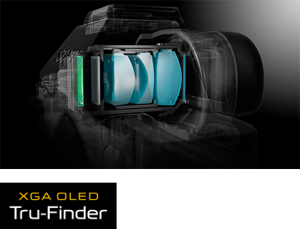
The Sony A7s has the same exact body design as the A7 and A7r on the outside as you can see from the body shots above. On the inside of the A7s the same full magnesium alloy body is used as the A7r. The standard A7 has partial magnesium and partial rigid plastic in case you were wondering. So, heavier lenses can be mounted without worry of the camera flexing. When using really heavy lenses, a lens collar is highly recommended and usually included. Overall it’s a great body design, but not perfect after several months of use with my A7r. The menu button for example is always awkward for me to press as is the C2 button. The lip on the top camera body that the tiltable lcd screen tucks under is what makes the buttons harder to press. Perhaps these buttons could be moved or the lip could be eliminated in a more refined body design. The upper rear thumb dial has a good tension and works great, as does the one on the front which my pointer finger turns. The lower rear thumb dial also acts as a four direction navigation pad and quick access to a few key features like shooting modes, WB, and display modes. You can custom program tons of buttons on the camera, so don’t worry if some settings are not in your normal preferred locations, as most likely you can program it to where you want it. Be sure to check out the video on the menu system and buttons for a more detailed breakdown of all that stuff. The grip I like, but I still feel the fingers could be deeper for easier one hand gripping without the battery grip attached. With the battery grip, which I reviewed recently here, it’s really easy to hand-hold at your side with one hand. The XGA OLED Tru-Finder works really well, even in extremely low light. The noise can make it harder to see at times than an optical viewfinder, but I never had an issue with it at all. I used it in all sorts of low light scenarios as well. The Sony A7s also has a killer silent shooting mode feature which I go over in the menu video above, but I wanted to make sure to mention it in case you miss the video.
To truly be silent, you will also need to shut off the audio signals in the menu as well, just so you know. The silent shooting setting applies to the shutter mechanism only. The A7s takes one NP-FW50 battery, but comes with two in the box which I thought was pretty awesome, and a nice surprise honestly. Sony decided to change the text on the batteries to black for some reason also. The battery life is not the greatest, but because I use a usb cable to suck off the photos and video, I just leave the camera plugged in and OFF when I’m done, and it’s always fully charged when I pack my bag. I also have an external charger which is great for charging multiple batteries, but one does not come with the camera from the factory unfortunately. The high res rear LCD screen articulates up and down, but not a full 180 degree like the new A5100 for example. It also does not have a touchscreen. The LCD screen has enough clearance on the bottom that when a tri-pod plate is mounted tightly it still opens and goes down a little bit over the plate. That is using my Gitzo and Manfrotto quick release plates for reference. I usually use the lcd screen facing upward at the sky, because the camera is mostly low the way I shoot, and looking down is much easier than laying on the floor using the viewfinder in most situations. When using the higher quality XAVC S format, you will need to have a SDXC memory card which I did not have at first. The camera gave me an error when I tried to use the higher quality format saying a SDXC card was required. So, I purchased what I can afford and ended up with the highly reviewed and affordable PNY 64GB SDXC memory card. So far it works great considering I never used one before.
My Sony A7s Review – Video Version
Menus, Camera Settings, and More
I put together a hands-on HD Video specifically to go over the Sony A7s menu system, buttons, and how to use the most common features/modes on the camera. It’s pretty long, but goes over a ton of information. Menu System Special Notes:
- Some items in the menu system will be grayed out depending on what shooting mode and quality you are set to. For example, you can’t adjust the panorama size options while not in the panorama mode on the camera and they will appear grayed out.
Sony A7s Manuals and Help Guides
The Sony on-line manuals and help guides are much better than the provided paper books in my opinion, and the links are below for the Sony Alpha A7s:
- All Sony Alpha A7s (ILCE-7S) Manuals and Guides >>
- Sony A7s – Instruction Manual PDF >>
- Sony A7s Online Help Guide >
Sony Alpha A7s – Sample Photos
I took a ton of photos with the Sony A7s, so I decided to divide them up into sections below so you can go to what interests you most etc…
Lab Testing ISO Sample Photos – Raw Quality
I was using the 35mm f/2.8 E-mount lens for these lab test photos and due to the extremely high ISO, I actually had to change the aperture from f/8 to avoid maxing out the shutter speed of 1/8000sec. That is a first and makes sense considering the ISO goes to 409800! Overall I was very impressed with the High ISO performance of the Sony A7s and you can see exactly how the camera performed for yourself below. Note the detail retention at ISO 102400 vs ISO 409800. I actually set the Auto ISO from 100 – 102400 and I think that is a good way to go personally if you want to hand-hold all the time with this camera.
ISO 409600 – Raw Quality

ISO 409600 – JPG Quality – Click Photos!
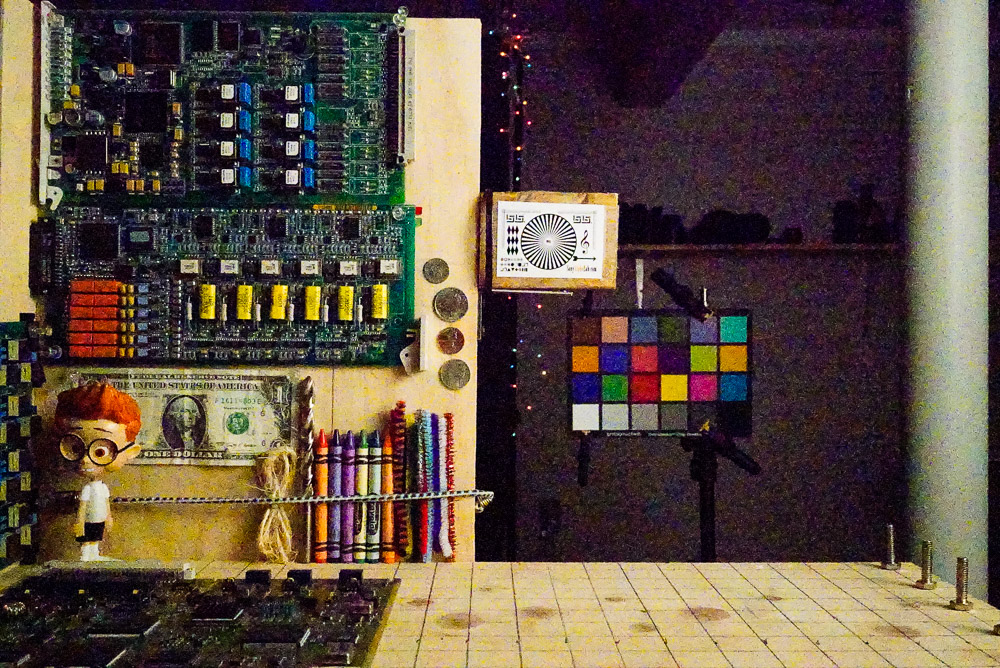
Real World High ISO Sample Photos
First, here are a few High ISO real world sample photos from around the house:
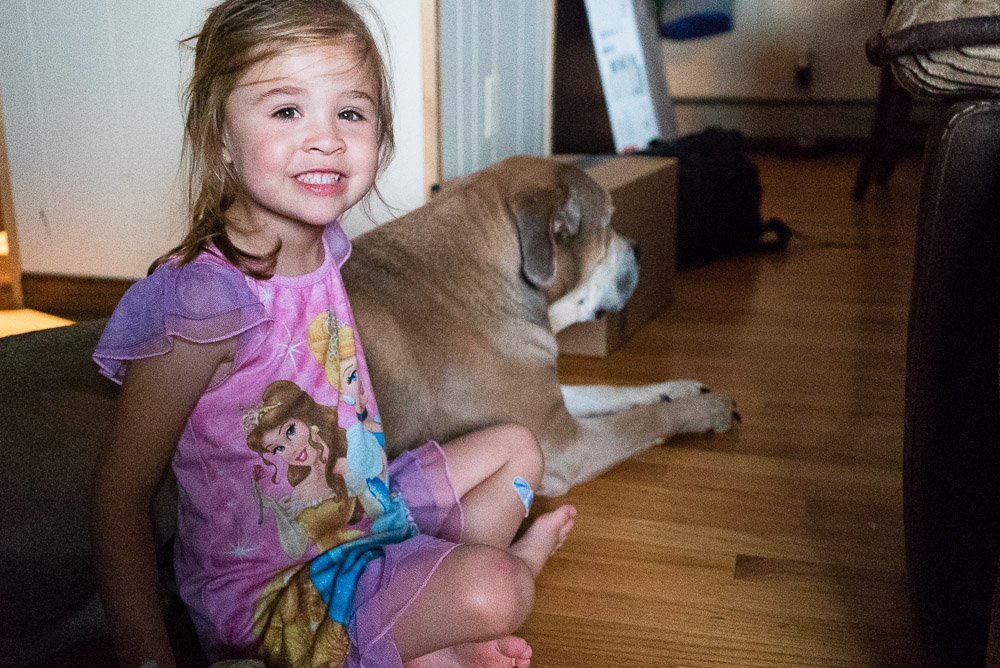
Raw vs Jpg ISO 20,000
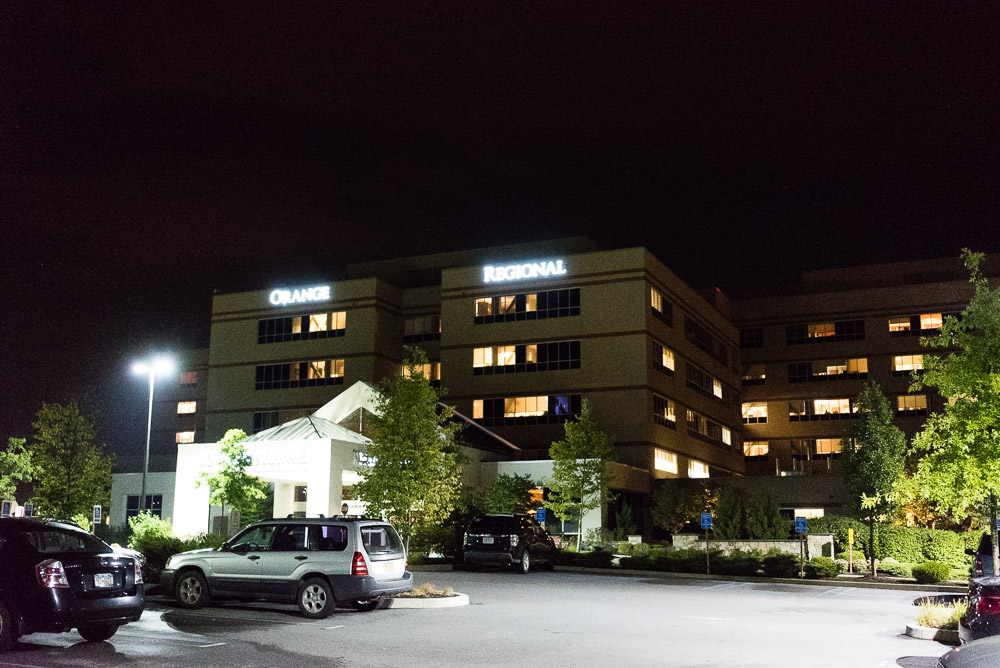
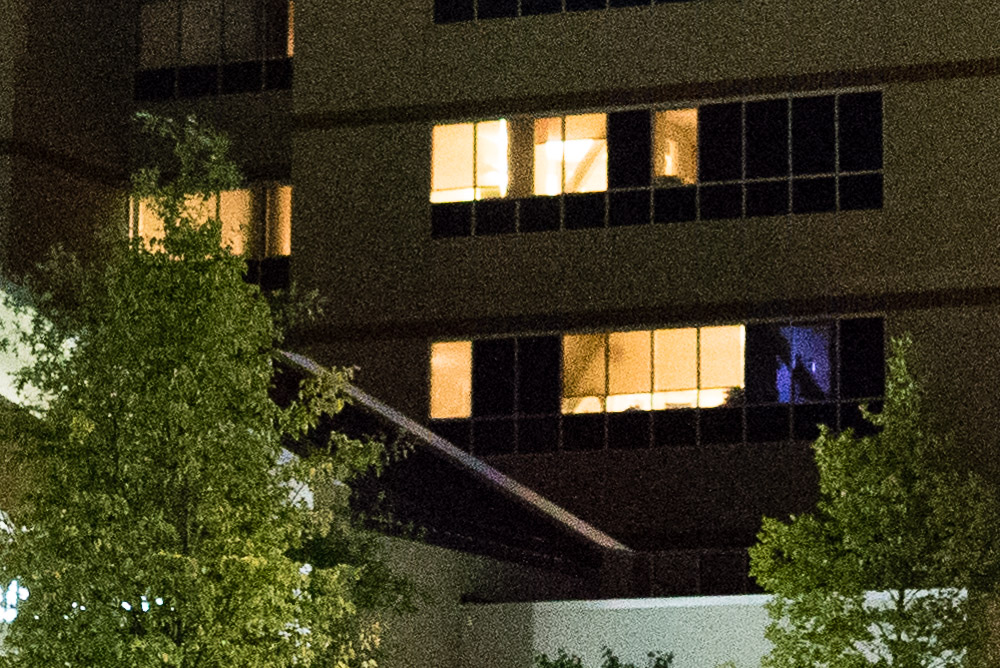
Real World Sample Photos

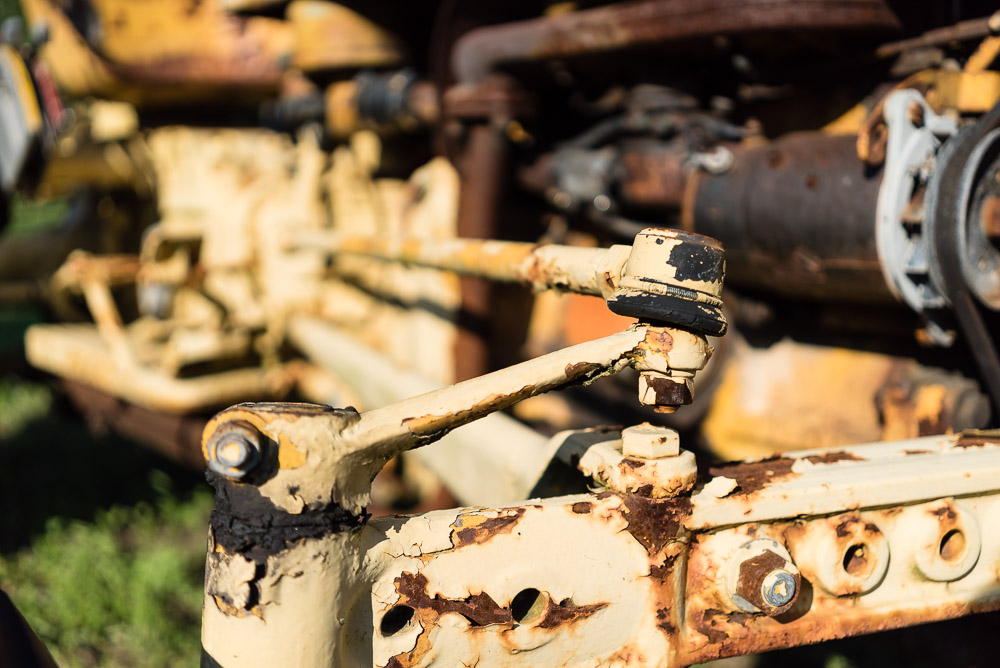
Unedited Raw vs Slightly Edited Raw via Lightroom 5.5:
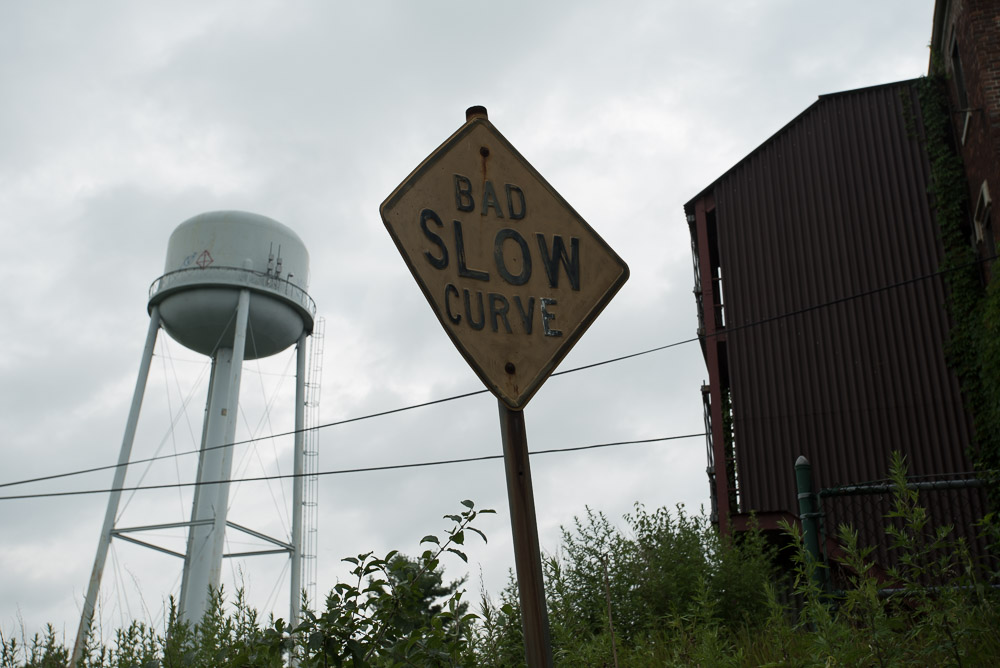
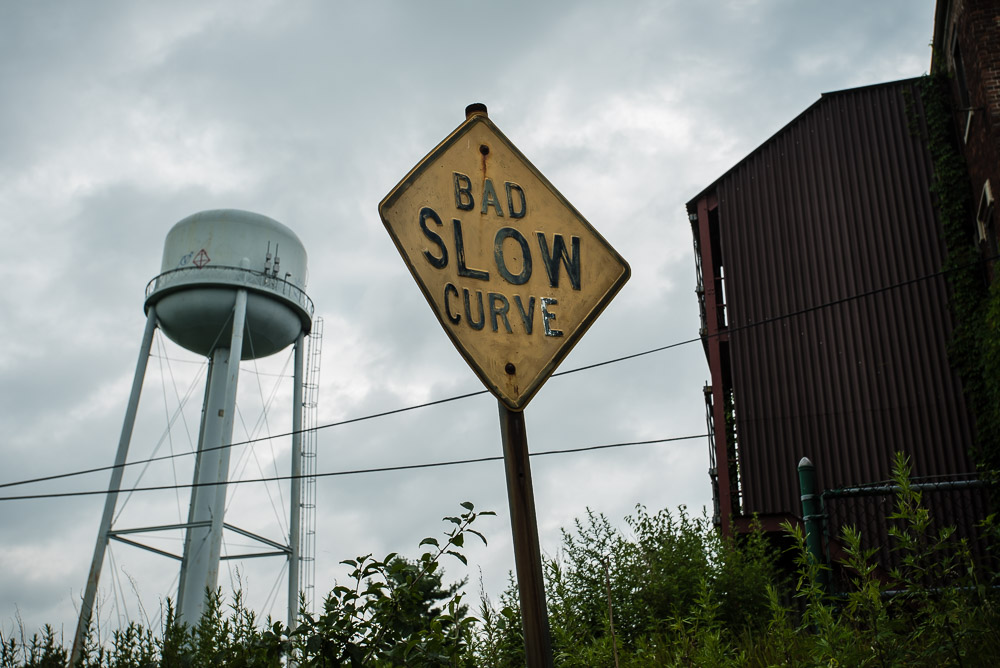
Broken Glass:
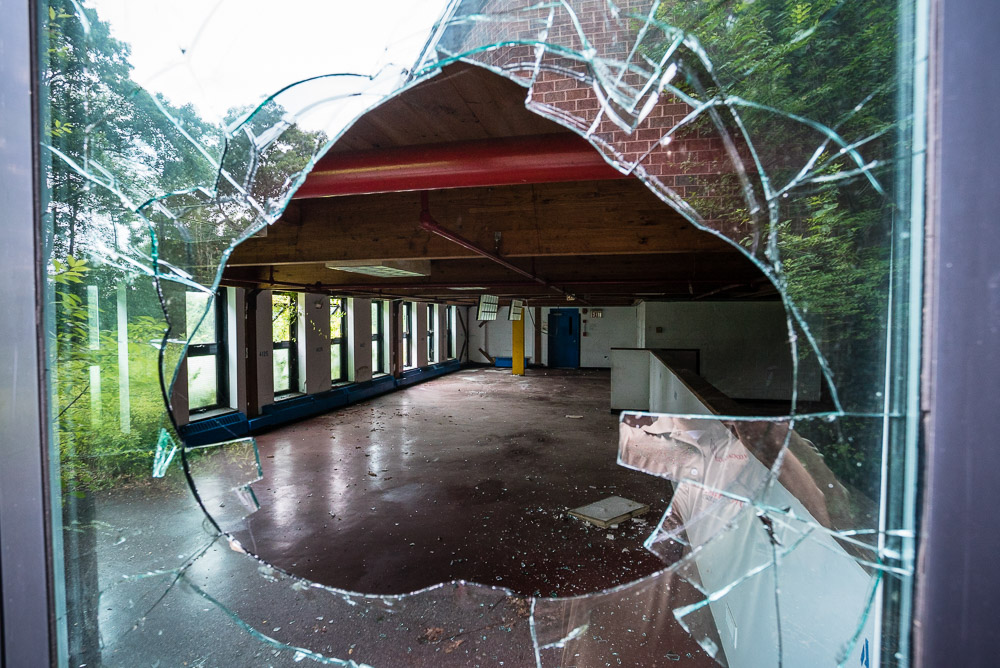
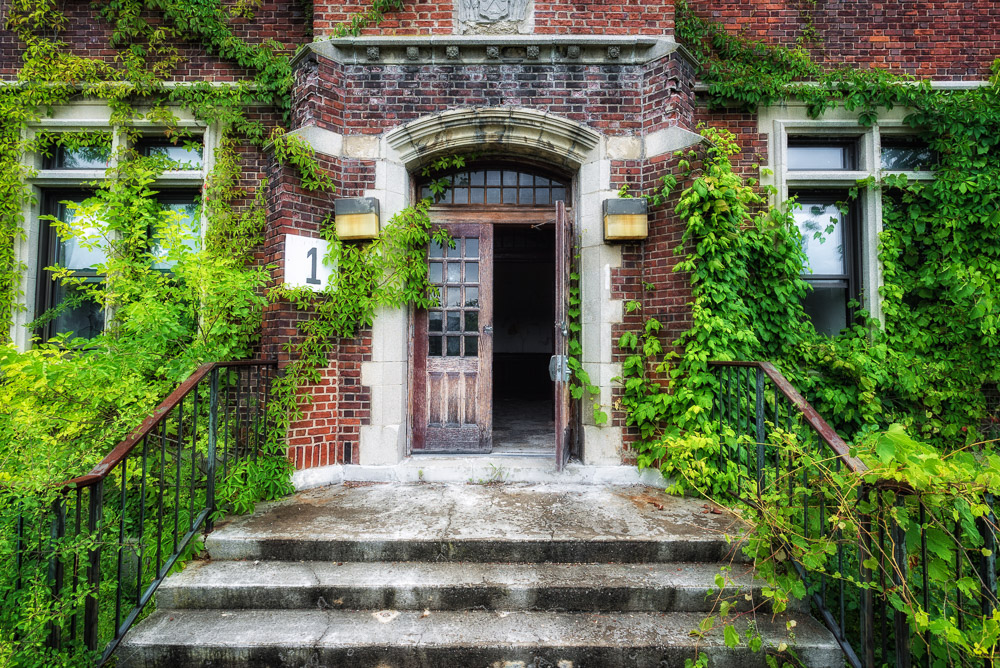
Studio Photography Using Off Camera Flash
We really wanted to try and get some good newborn photos of our new boy Jase, so we set-up the studio and gave it go. It went horrible to say the least, but we did manage to get a few decent photos so far 😉
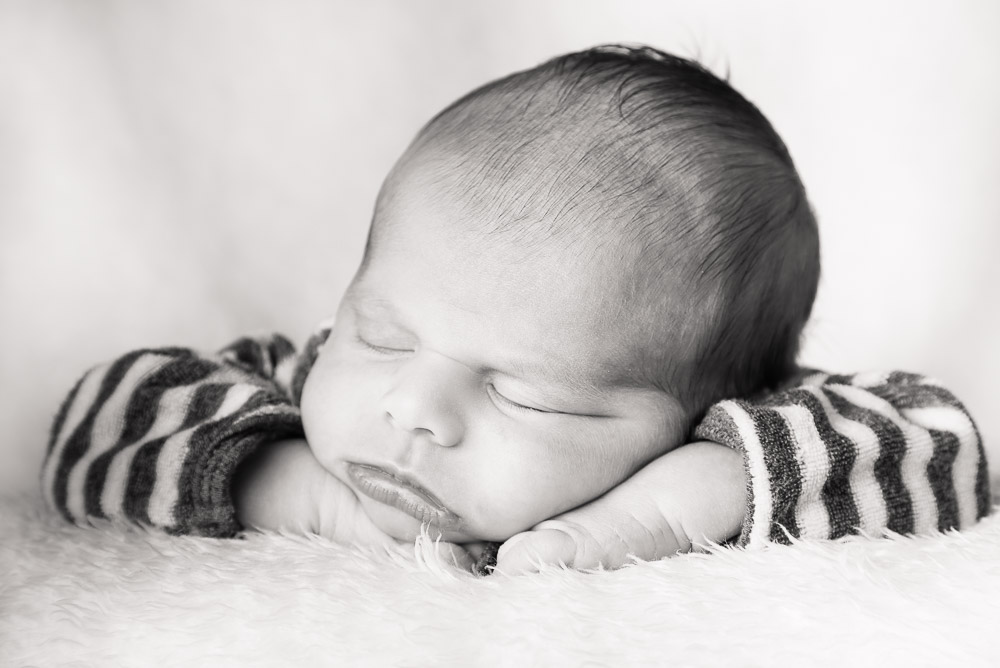
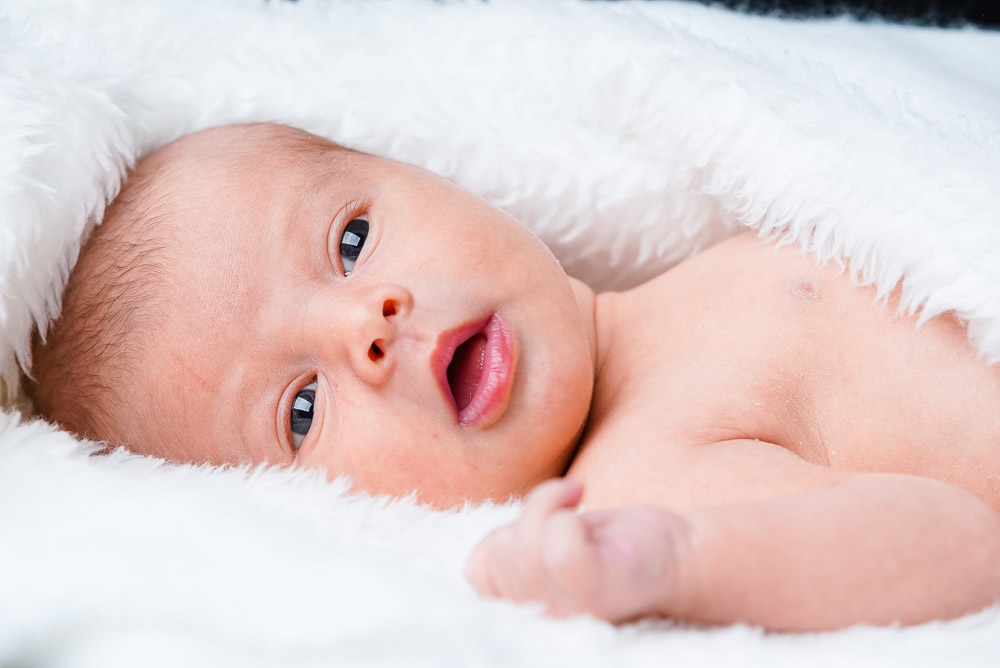
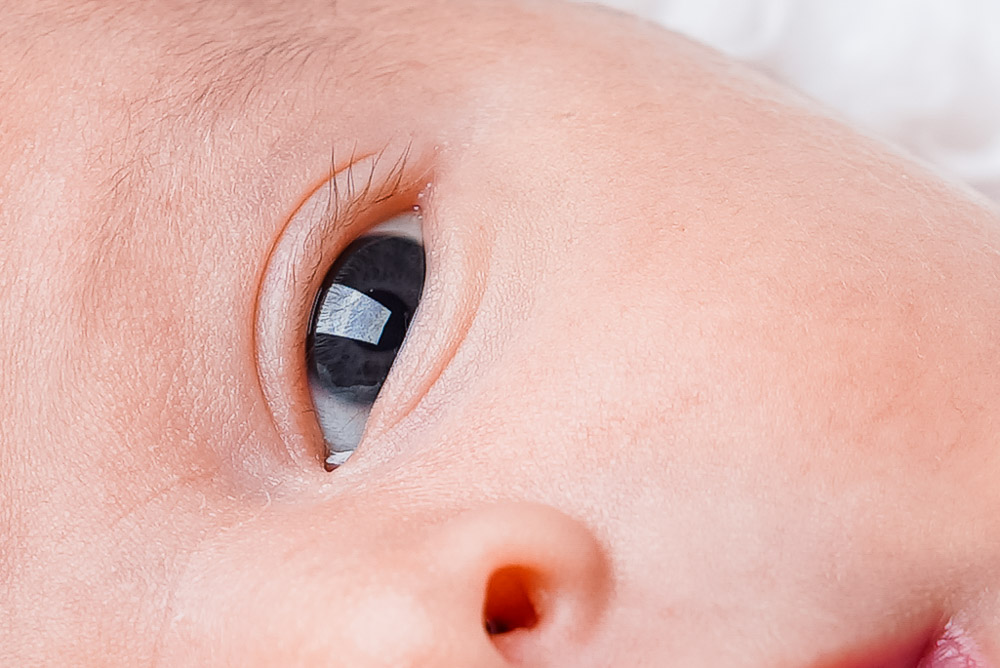
Using Lens Adapters and Other Lenses
I took the studio photos above with the Canon EF 70-200mm f/2.8 IS L Lens via the Metabones III and the Sony A7s, and I also took a few random shots with the Minolta 50mm f/1.4 Rokkor-X Lens, the Canon EF 17-40mm f/4 L Lens which I used for the HDR Photos in the next section, and the EF 135mm f/2 L Lens at Layla’s B-Day party. Take a look below and be sure to click on the photos!
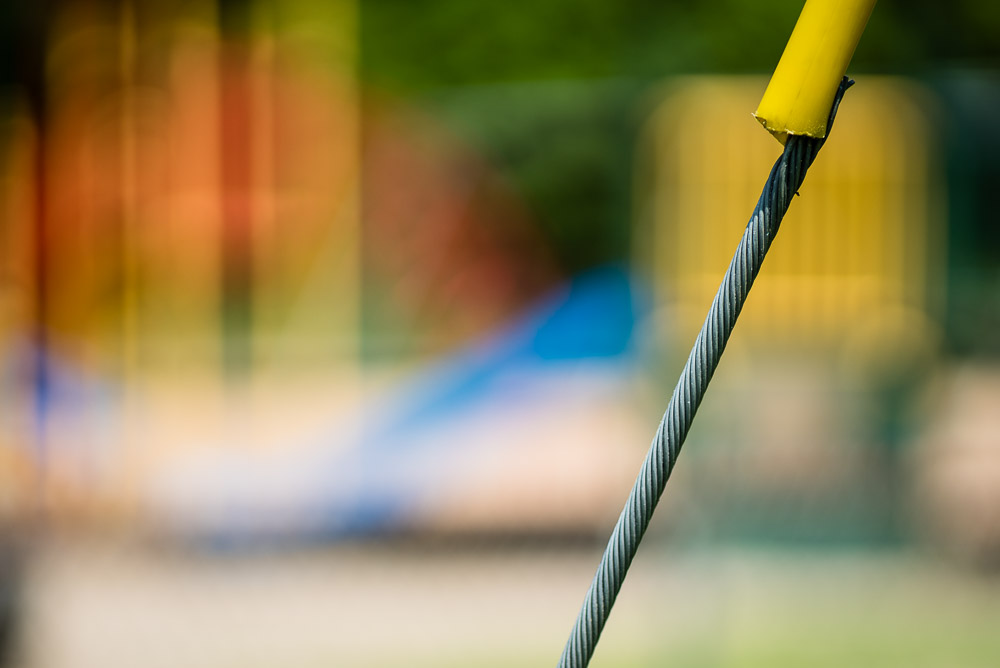
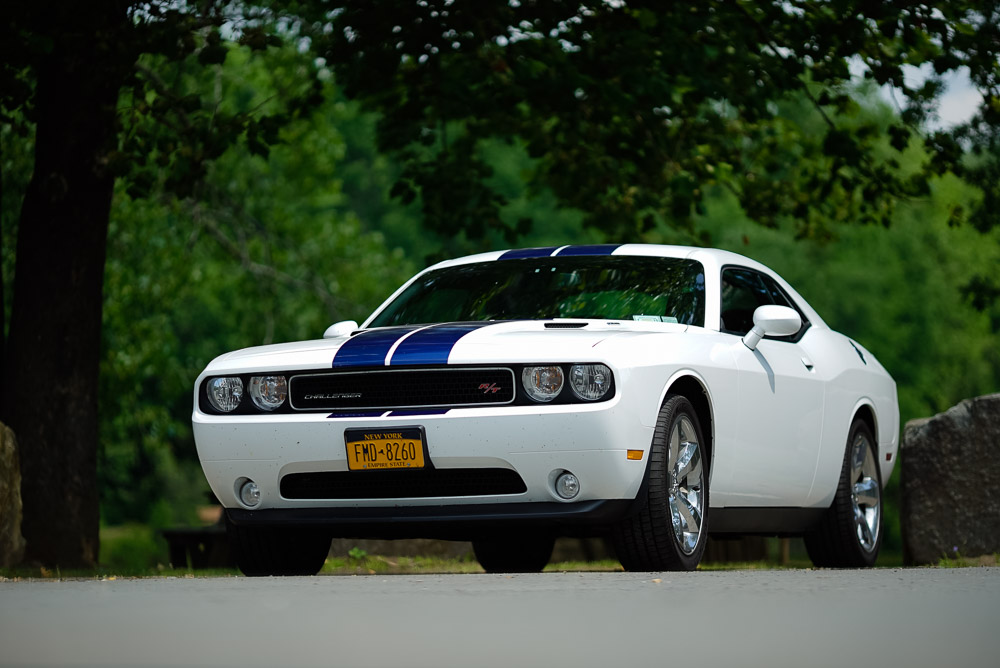

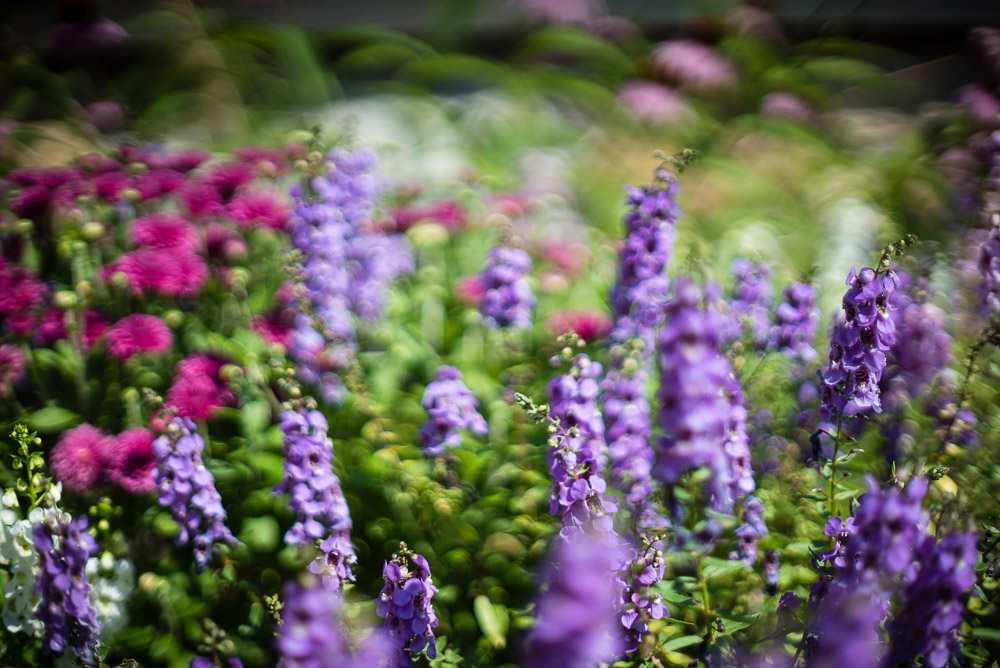
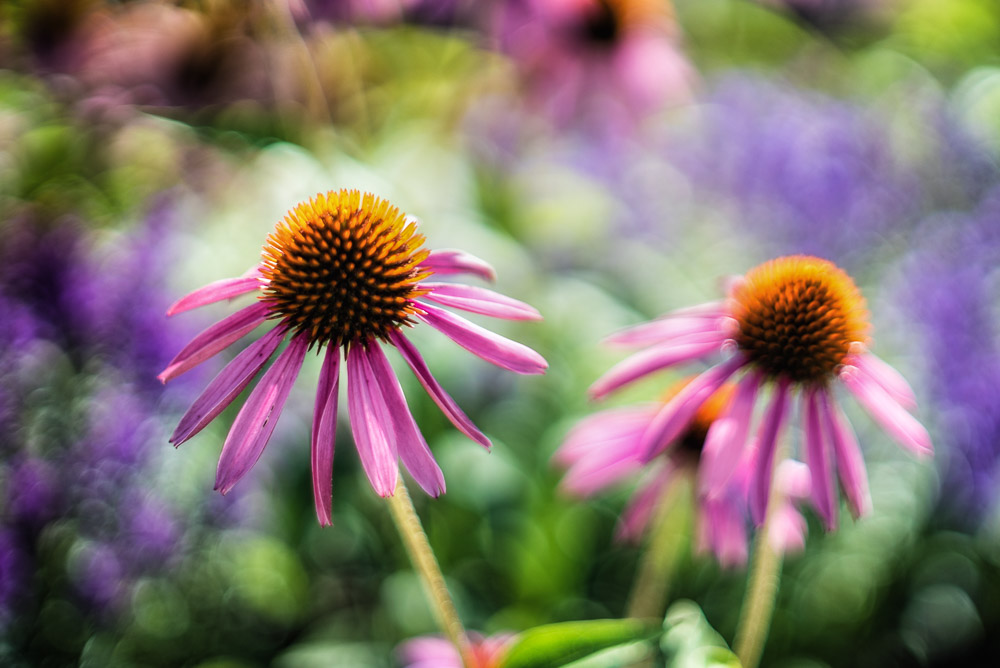
HDR Photography
True multi-exposure HDR Photography is a lot of fun and requires some post processing work on your part if you want to try it. I dedicated an entire article on this over here >> Sony A7s and HDR Photography, but here a few sample shots I liked 😉
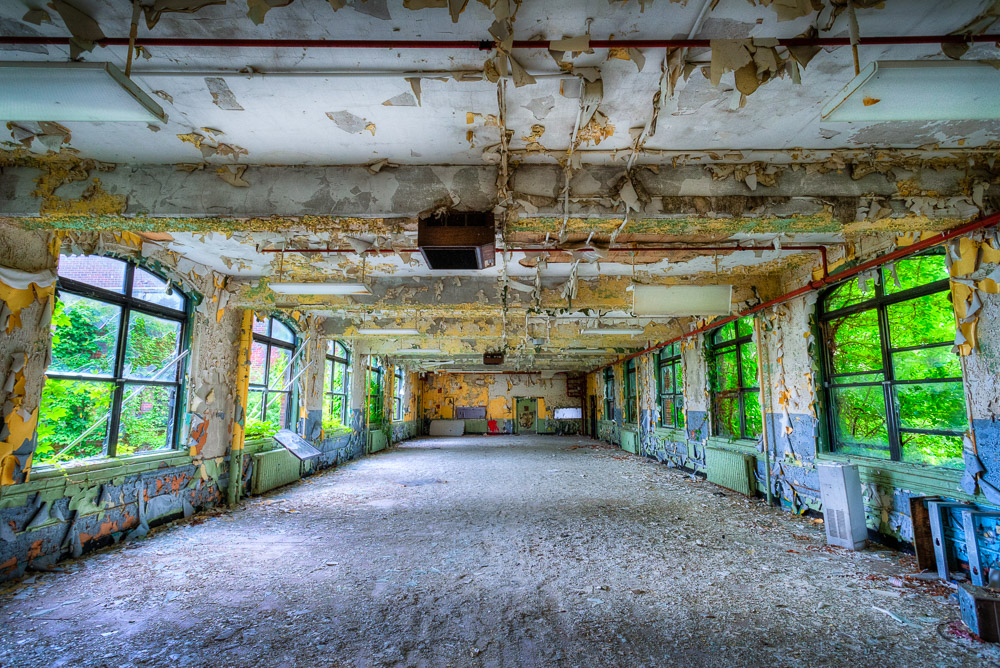
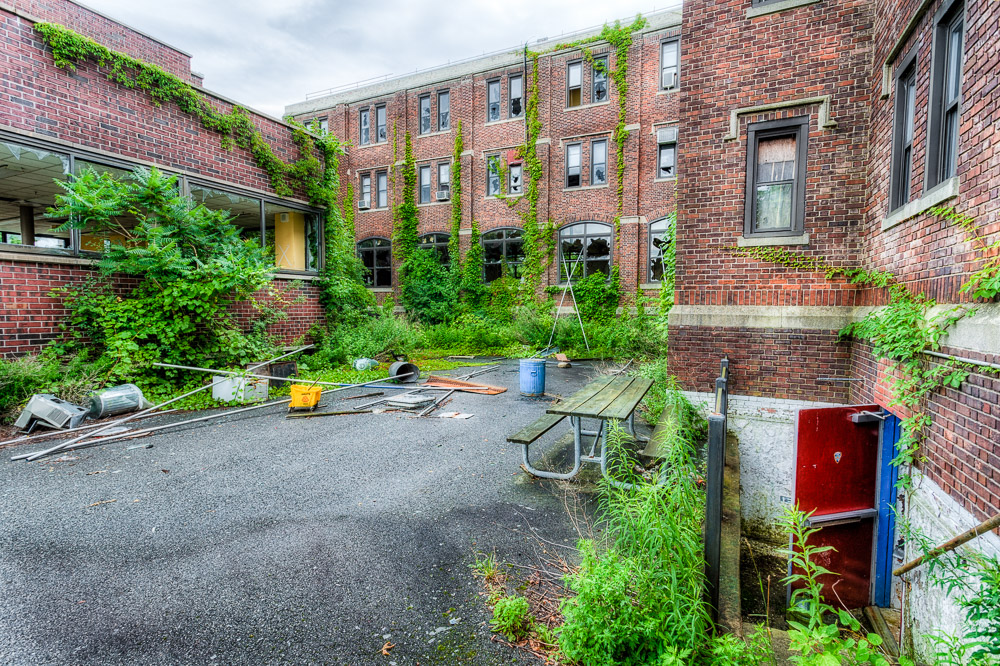

Sony A7s Review Conclusions
After reviewing both the Sony A7 (Click Here) and the Sony A7r (Click Here), I must say the Sony A7s is in a league of it’s own entirely. Sony totally succeeded in creating a killer low light full frame photography and video camera in one. With the low res sensor, huge dynamic range improvements have been made specifically for video. The higher band-width formats allow for much more information and less compression on the video being written to the card. The results are noticeably better, especially when using the S-Log2 Gamma Picture Profile. Photography wise I really enjoyed the electronic 1st-curtain shutter over the loud and clunky A7r shutter. The A7s was much faster and more responsive than my A7r due to the lower processing load as far as information goes. 36mp vs 12 is a huge difference in information. Otherwise the cameras are very similar in all regards from a user experience. Auto Focus is pretty good and very similar to the A7r. It’s not as fast as the newer Sony A6000 I recently reviewed (Click Here), because it is contrast AF only.
So who is the Sony A7s for?
The Sony A7s in my opinion, is for anybody wanting much better high ISO performance and much better dynamic range for video. So, film makers of course, wedding photographers looking for the best possible full frame low light shooter (second camera for shooting or filming) , street shooters who like shooting and/or filming in the dark, HDR photographers that want to hand-hold, concert photography where a higher shutter speed is required to freeze the action, and even low-light sports! Yeah, I know it’s lower resolution so you can’t technically print as large or crop in as much as the A7 or A7r. That is a negative, but also makes you get the image correct on the camera instead of relying on cropping.
So, would I buy the Sony A7s?
Absolutely, but I don’t need it and can’t afford it. I love my Sony A7r and even though the shutter is clunky and loud, I prefer to use a tripod for the print worthy frames anyway, and high ISO is never required for that. Same with studio photography, high ISO is not required. It is really nice to have sometimes though don’t get me wrong, but the amount of time I need the super high ISO abilities is honestly limited. Same with the killer video, although I would love it for my video reviews and stuff 😉 I don’t really need it though and would honestly rather have a RX10 style camera these days considering the gear I already have 😉 That is about it for this Sony Alpha A7s review everybody, but please feel free to ask questions and/or comment below! I hope you got what you were looking for and video review coming soon…. Thanks again, Jay
Support Links:
- Sony Alpha A7s for $1998 US @ BHPhoto
- Sony Semi-Hard LCD Screen Protector for ~14.95 US @ BHPhoto
- NP-FW50 Batteries and Chargers @ BHPhoto
- Vertical Battery Grip for $298 US @ BHPhoto
- Sony XLR-K1M Adapter and Microphone Kit for ~$788 US @ BHPhoto
- SDXC Memory Cards From $34.95 US @ BHPhoto
- Atomos Shogun 7″ 4K HDMI and 12G-SDI Monitor & Recorder @ BHPhoto
- Atomos Ninja 2 HDMI 4.2.2 Video Recorder for ~$695 US @ BHPhoto

